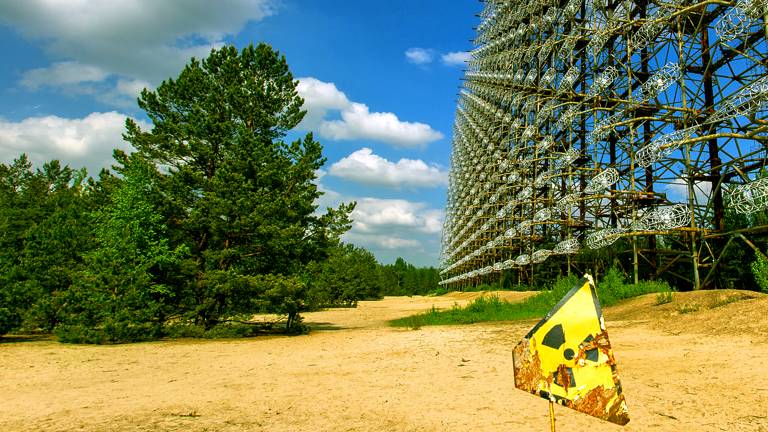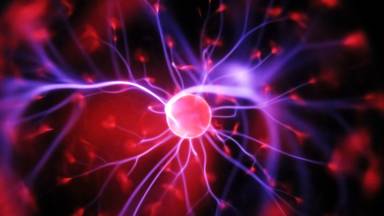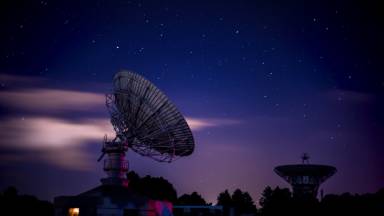
Most of the plants that inhabited in Chernobyl Exclusion Zone remained alive for all this time. Excluding the trees of the Red Forest, the pines within 10km of the nuclear complex, which changed color to ginger-brown after the explosion of 1986, the Red Forest was bulldozed and buried in "waste graveyards".
Hard to Die!
What makes plants (unlike animals) so resistant to radiation? In living organisms, even limited doses of radioactivity can cause mutations in the DNA that alter cellular-functionality and cause the appearance of cancerous lesions.
Plants grow in a more flexible, more organic way. Not being able to move, they adapt to conditions of brightness, humidity, and temperature. Instead of having a well-defined structure from the beginning, they reach it during construction, extending stems and roots in the wake of the chemical signals they receive from other plants.
Damage Control
Unlike animal cells, practically all plant cells are able to give rise to other cells of any type: this is why we are able to grow a new plant from the "clippings" of the old ones, and we see sprouting roots where before was a stem or a leaf.
For vegetables, it is therefore much easier to replace a dead tissue, regardless of the type of damage. Furthermore, cells with dangerous mutations are not free to reproduce as they do in the animal body, due to the thick and rigid interconnected walls that surround plant cells.
The long life of Chernobyl plants seems to extend even beyond death when the leaves should decompose: in the Red Forest, the scarcity of insects, earthworms, bacteria, and fungi due to the radioactive residue slows down the process of decay of the plant material lying at the soil.
Trunks and dead leaves remain there like zombies. if a fire broke out, there would be a spread of radioactive particles far beyond the exclusion zone.
In addition to all aforementioned, Chernobyl plants seem to have adapted to living in an area off-limits to most living things, developing proteins to defend themselves against genetic abnormalities and to repair cellular damage.
In the past, the levels of radioactivity on our planet were much higher than today: plants could have drawn on those ancient protective mechanisms to cope with an emergency situation.









